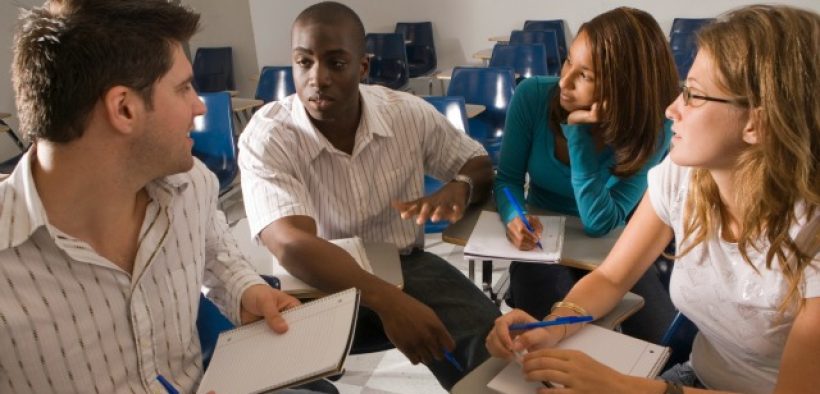When students are talking with each other about content, most of us worry, at least a little bit. We’ve all heard less-than-impressive exchanges. For example, four students are in a group discussing three open-ended questions about two challenging readings. It’s less than five minutes since they started, but they’re already on question three. Or, they’re working with clickers, supposedly exchanging ideas about a problem, but the group has already decided on one member’s solution. She just happens to be a student who regularly answers in class and is almost always right.
Influencing How Students Discuss Content

Related Articles
I have two loves: teaching and learning. Although I love them for different reasons, I’ve been passionate about...
Active learning is a mostly meaningless educational buzzword. It’s a feel-good, intuitively popular term that indicates concern for...
Perhaps the earliest introduction a student has with a course is the syllabus as it’s generally the first...
Generative AI allows instructors to create interactive, self-directed review activities for their courses. The beauty of these activities...
I’ve often felt that a teacher’s life is suspended, Janus-like, between past experiences and future hopes; it’s only...
I teach first-year writing at a small liberal arts college, and on the first day of class, I...
Proponents of rubrics champion them as a means of ensuring consistency in grading, not only between students within...








One Response
I interact with students as much as possible. I found that idscussions become much more engaging and lively when I interject my influence on content through responding to their posts. I also encourage students to use authoratative sources to back thier opinions.